You know the rules: the second person is a gimmick, the first person plural is distracting, and omniscience is antiquated. It’s all true. But it’s also all wrong.
As a writer, it’s hard to use any of the aforementioned narrative voices. They’re poorly executed or maligned by critics so often that people can be reluctant to read anything other than close third person stories. (How many of those have you read this year?) Not to mention the fact that free indirect style is so omnipresent as to seem peerless. It’s enough to make anyone forget that alternative points of view exist. But when they’re done right, these rule-breaking perspectives can make for a transcendent reading experience, creating connections between the reader and the protagonist in ways that the third person can’t.
Consider the case of How Late it Was, How Late, James Kelman’s novel about a man who wakes up blind and must navigate his newly darkened world. It employs a second person stream of consciousness that forces the reader to undergo the protagonist’s pain and distress herself, rather than taking it all in from a safe third-person distance. Or take Arundhati Roy’s The God of Small Things, which uses an omniscient narrator to convey a sense of fate as the lives and loves of its characters clash. There’s also Then We Came to the End, in which Joshua Ferris uses the first person plural to recount the comic decline of an ad agency through its hive-minded gossip. All of these narratives make the reader confront the same dangers and disasters as their protagonists in real time, using divergent techniques to write about emotional experience. They also do it in ways that you haven’t seen a thousand times before, or studied in your college classes.
Perhaps these less popular perspectives might also reshape your idea of what it means for writing to be “literary,” or broaden the scope of your own work. They may help provide some new options for a piece you’ve been stuck on. Or maybe you just want to read something a bit different. Either way, if you’re looking to expand your horizons, here are twelve rule-breaking novels that create vibrant characters and immersive stories using unconventional points of view.
2nd Person
If on a winter’s night a traveler by Italo Calvino
In Calvino’s classic 1979 work of metafiction, you, the reader, are attempting to pursue a book called If on a winter’s night a traveler. But you keep getting interrupted. You read a compelling opening section before you’re forced to put your book down and pick up something new. With every chapter, you encounter a different adventure: an international book-fraud conspiracy, a mischievous translator, a reclusive novelist, a collapsing publishing house, and several repressive governments. This is a story about what it means to get lost in a book and—though you may have been searching for an escape—what it means to find yourself on the other side.
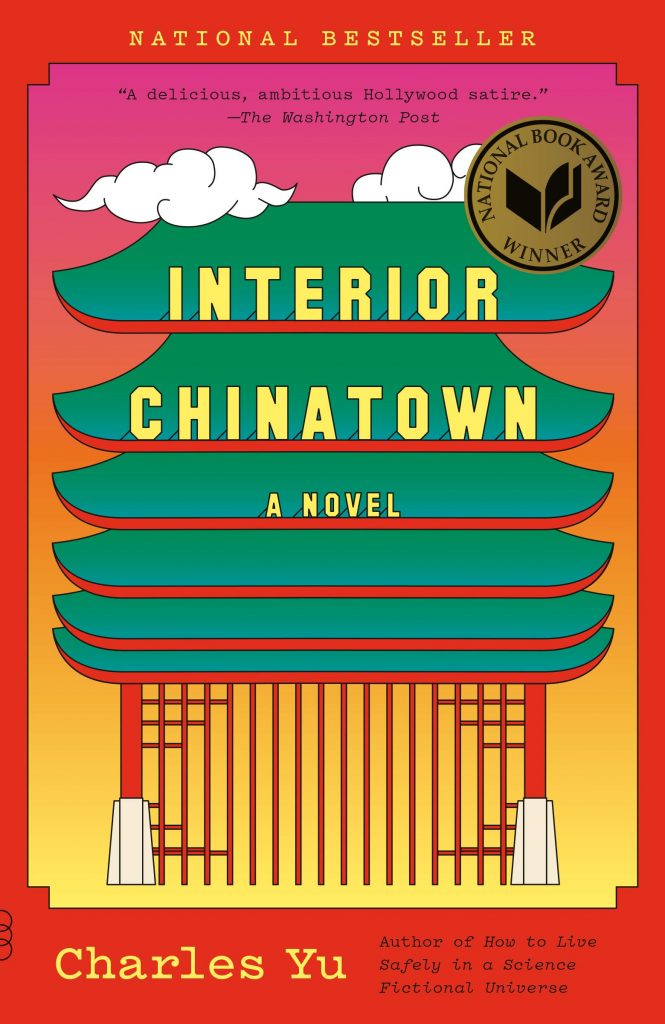
Interior Chinatown by Charles Yu
Willis Wu is just an extra on a cop show called “Black and White,” working nonstop to become Kung Fu Guy, the greatest role an Asian actor on the series can play. The second person functions a couple different ways in this book: first, the whole thing is structured like a screenplay, so the narrative voice reads like stage directions; second, Will doesn’t see himself as the protagonist in his own life, so the distance that the second person creates feels natural. But when Will stumbles into the spotlight, he’s forced to re-examine the roles he imagined he’d always have to embody, both on and off-screen.

Self Help by Lorrie Moore
This collection of stories, many of which are jokingly modeled on the popular genre from which the book takes its title, features the second person in a semi-ironic way that ultimately reveals the tenderness at the heart of the encounters she evokes. In “How to Talk to Your Mother (Notes),” a daughter looks back on her life and her relationship with motherhood after her own mother dies. And in “How to Be an Other Woman,” the protagonist loses herself in a relationship with a married man. Moore’s second person writing is a revelation, a relief; her “you” holds space for grief, for longing, and for interiority.

The Diver’s Clothes Lie Empty by Vendela Vida
You’re traveling to Morocco on unspecified business when you’re robbed of your wallet and passport. Freed from the burden of your identity, you have the chance to become anyone you want—including the famous actress for whom you serve as a body double. In this funny, mysterious, and taut novel, Vida explores free will and the possibilities inherent in female identity.
1st Person Plural

Women Talking by Miriam Toewes
In this searing novel based on real events, Toewes imagines the minutes of a secret meeting: eight women in a remote Mennonite colony convene after they discover that several of their men have drugged and assaulted over 100 women. Together, they must decide the future of the colony’s women: will they stay and fight, or leave to face the world outside the colony, for which they are unequipped?

We Are Watching Eliza Bright by A.E. Osworth
Narrated by a chorus of Redditors, Osworth’s forthcoming novel concerns an elite video game coder who is fired from her company after she tells a journalist about the mishandling of her workplace harassment suit. Eliza’s story is the flashpoint for a conflict between angry male gamers and the women who resist them online—as she’s threatened and stalked around New York, a collective called the Sixsterhood eventually takes her under their wing. But the threat of violence doesn’t exist only online, and the Sixsterhood can’t protect Eliza forever.

We Ride Upon Sticks by Quan Barry
Quan Barry naturally uses the first person plural to bring readers into the fold of the field hockey team that’s central to her novel. Set in the coastal town of Danvers, Massachusetts, the story follows the 1989 Danvers High School Falcons as they work towards a state championship title. The team will do anything to win—including summoning some dark forces from their past, since their town was the site where the Salem witch accusations first sprung up. With preppy sports, magic, and a delightful cast of collective narrators, this novel is funny and unforgettable.
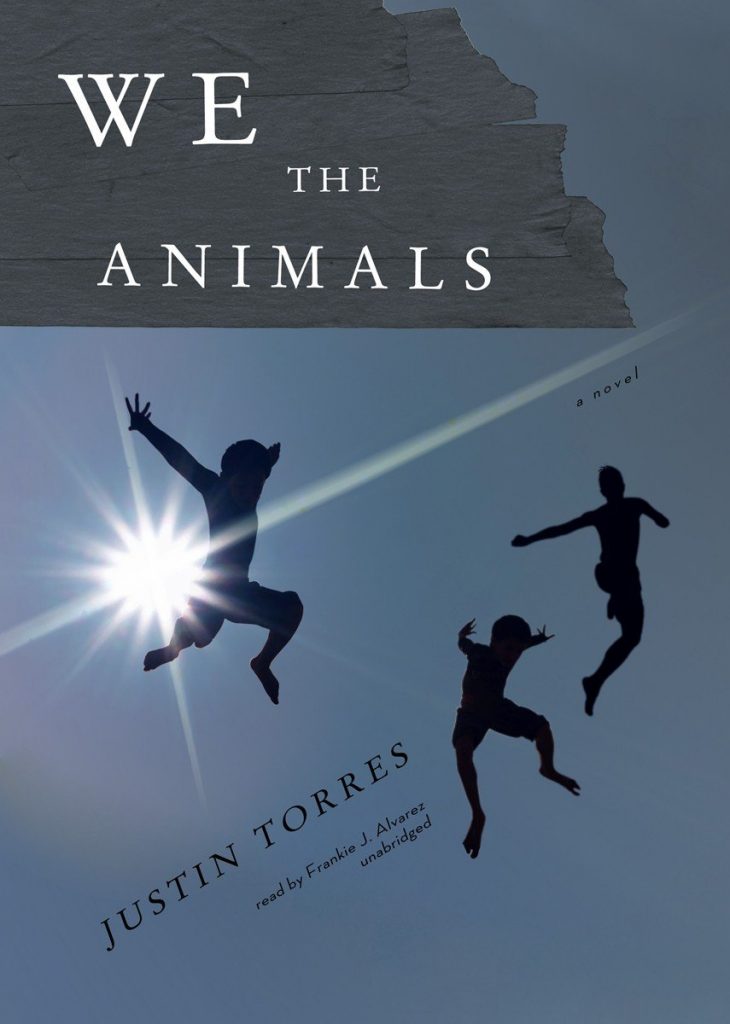
We the Animals by Justin Torres
A coming-of-age novel unlike any other, We The Animals is narrated by three brothers who wrestle with their parents’ tumultuous relationship. The boys fight to ensure each other’s survival until an act of violence tears one brother away from the group. This lyrical, energetic, and ultimately haunting story about family bonds draws its power from Torres’s masterful use of the first-person plural.
Rule-Breaking Bonuses
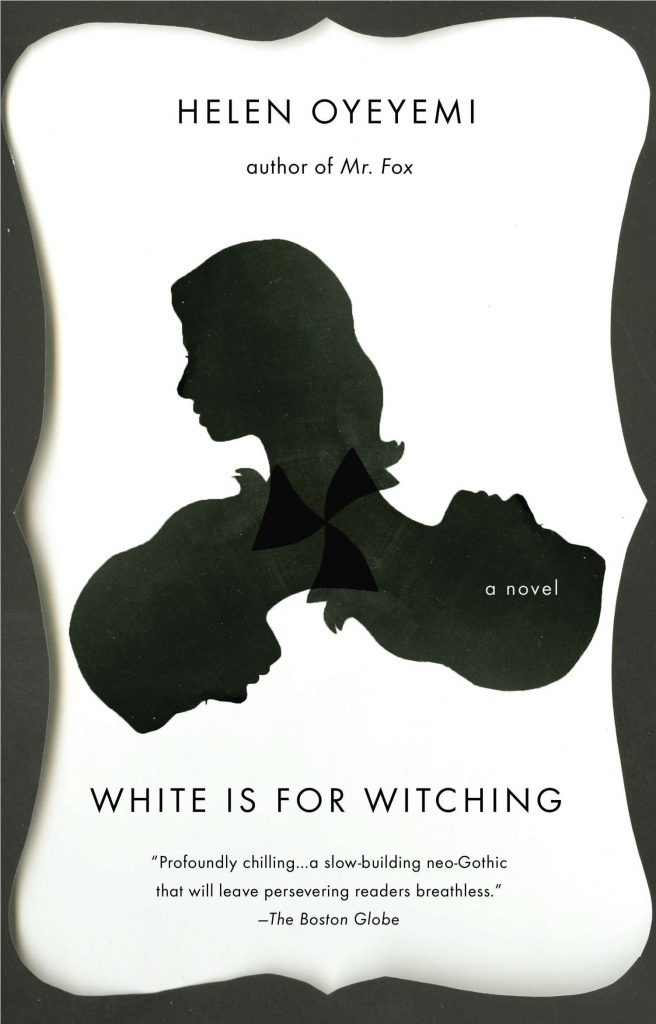
White is for Witching by Helen Oyeyemi
In the first two pages of this book, you’ll hear from two people and one haunted house, all of whom take turns narrating the mysterious story of Miranda Silver. Miranda has pica, an eating disorder passed down through the women in her family. As she fights the impulse to destroy herself after her mother’s death, her strange hunger spirals outward and threatens to consume everyone she loves. The narrative voices in Oyeyemi’s virtuosic novel leap from a close third person to a grieving first person to an accusatory incantation and back again, sweeping the reader along in a current of language that makes this book impossible to put down.
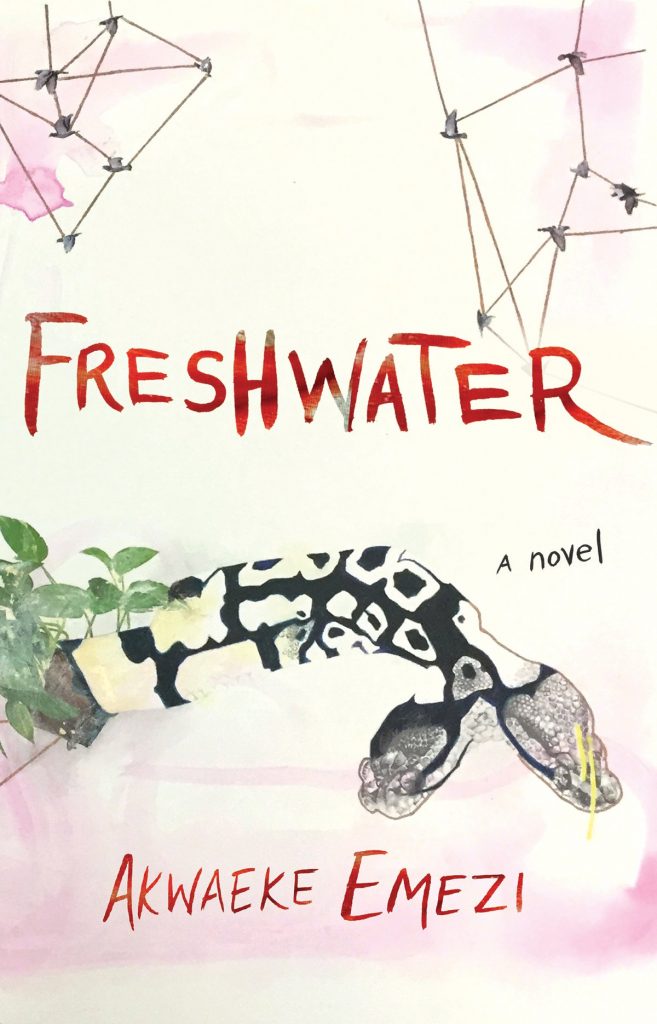
Freshwater by Akwaeke Emezi
Ada is a young Nigerian woman who shares her body with Ogbanje, troublesome spirits who tie her to the other side of the grave. When Ada travels to America for college, these spirits grow and ultimately crystallize into alternate personalities—after a traumatic assault, they take over completely, and Ada’s life spirals out of control. This searing debut puts several points of view in one body to explore what it’s like to have a fractured sense of self, and the surreal narrative voices illuminate the chaos inherent in constructing an identity.

My Name Is Red by Orham Pamuk
Each chapter of Pamuk’s Nobel Prize-winning novel has a new narrator, but these perspectives are a far cry from the rotating third person that’s popular in contemporary novels. Pamuk’s point-of-view characters include, but are not limited to: a coin, a dead body, the devil, two dervishes, and, of course, the color red. The plot follows several miniaturists in the Ottoman Empire who are commissioned by the Sultan to create a book celebrating the glories of his domain. But it’s a dangerous task, and when one of the commissioned artists disappears, the only clues to his fate lie in the incomplete illuminations he left behind.
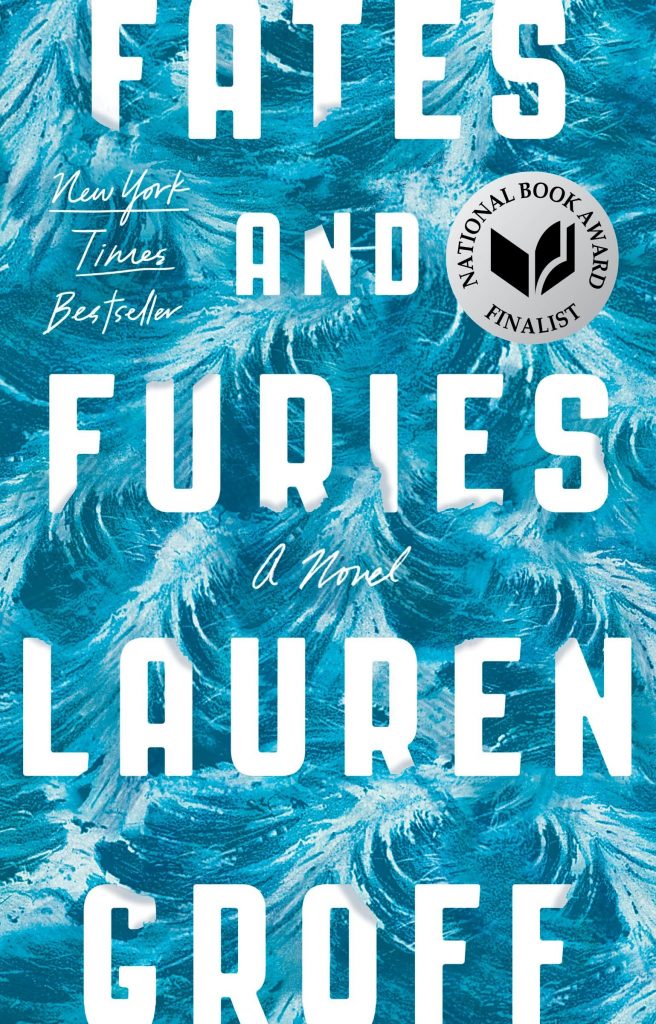
Fates and Furies by Lauren Groff
Let us not forget omniscience, the oldest literary voice, and possibly the least fashionable. But Lauren Groff uses it to incredible effect in this novel, which tracks the seemingly predestined course of a marriage. Her omniscient narrator often interjects in bracketed asides like a Greek chorus would. And the truths that only an all-knowing entity could reveal demonstrate how sometimes, the key to a marriage lies not in what’s shared, but in what’s hidden.
The post 12 Books That Break the Rules of Point of View appeared first on Electric Literature.








